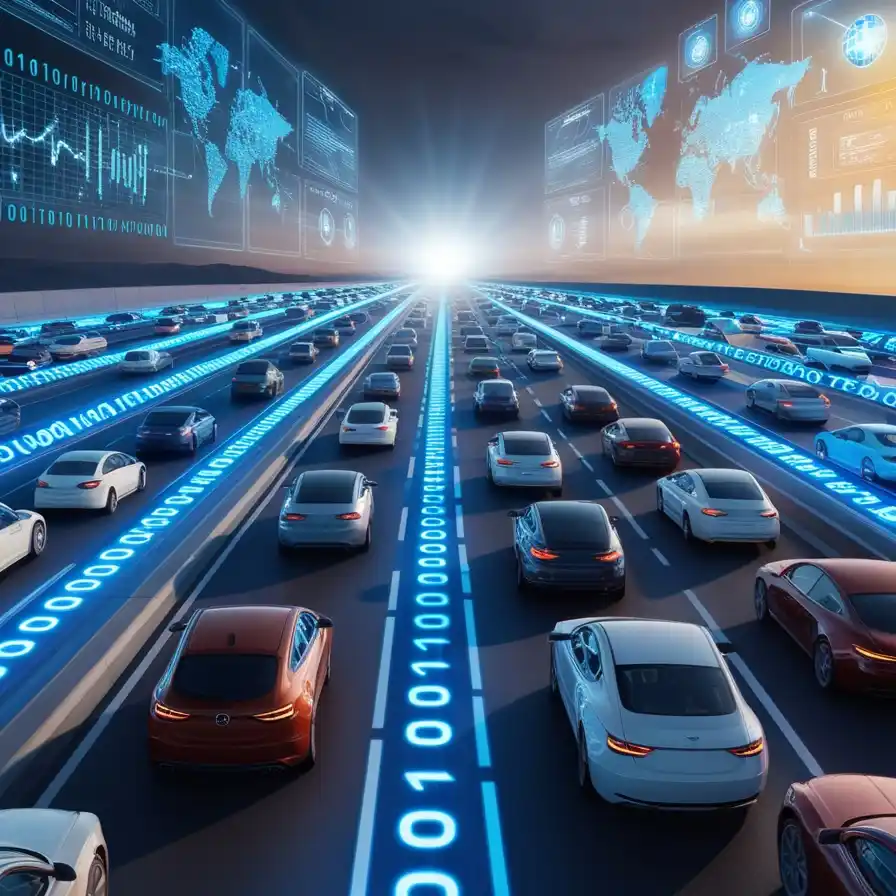Connected Vehicles: How to create value and reduce costs while complying with the GDPR?
Self-driving cars, connecting your smartphone to your vehicle, updating software remotely, automatic route planning based on real-time conditions, or commanding your car to park itself. These are just a few examples of technology we rely on in connected vehicles today. Our Data Privacy Expert, Dounia van de Weerd ‑ Skalli, delves into all the privacy issues related to connected vehicles and provide a useful guideline for GDPR-compliance.

What’s in for you:
Identify privacy risks involved in connected vehicles
When you know what personal data you need regarding connected vehicles, for what specific purposes you want to use it, and what options there are regarding applicable legal grounds, it is time to take the next step: conducting a data protection impact assessment (DPIA)
Properly communicate with Data Subjects
One of the key rights for individuals in the GDPR is the right to be informed on the collection and usage of their data by your company. Individuals need to understand, amongst others, for what purpose you need their personal data, how long you will retain it, and who you share their data with.
Conduct a self-scan
At the end of this whitepaper you will find a quick self-scan which will help you determine how far your organization has evolved in the field of data privacy in connected vehicles. By answering these questions, you immediately see where to improve, in which areas you already excel and where the emphasis should be for the coming period
Download the whitepaper now
Do you have any specific question about Connected Vehicles and the GDPR?
Please feel free to contact us!